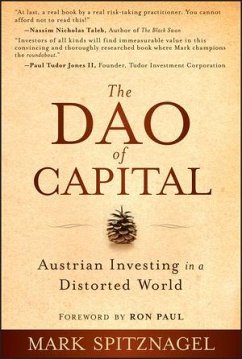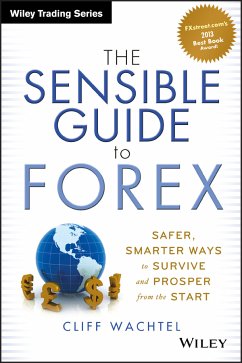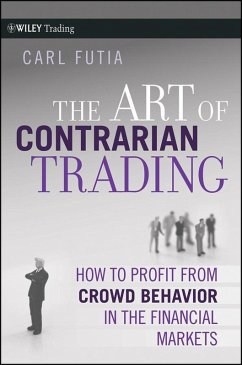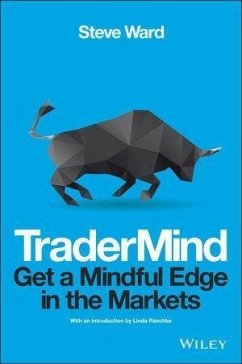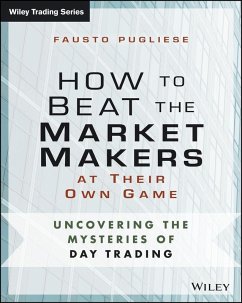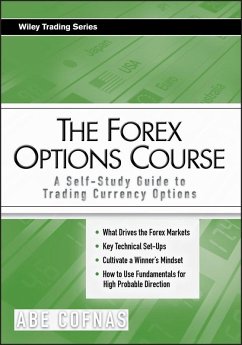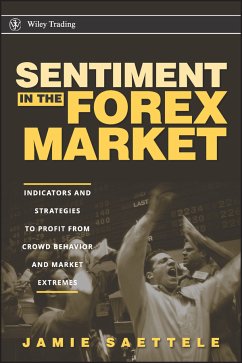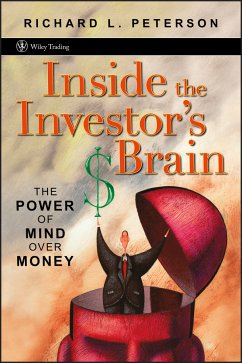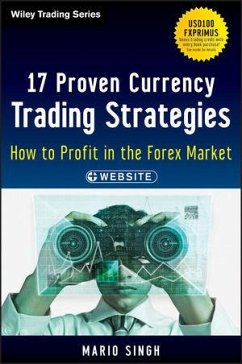
The Evaluation and Optimization of Trading Strategies (eBook, PDF)
Versandkostenfrei!
Sofort per Download lieferbar
70,99 €
inkl. MwSt.
Weitere Ausgaben:

PAYBACK Punkte
0 °P sammeln!
A newly expanded and updated edition of the trading classic, Design, Testing, and Optimization of Trading SystemsTrading systems expert Robert Pardo is back, and in The Evaluation and Optimization of Trading Strategies, a thoroughly revised and updated edition of his classic text Design, Testing, and Optimization of Trading Systems, he reveals how he has perfected the programming and testing of trading systems using a successful battery of his own time-proven techniques. With this book, Pardo delivers important information to readers, from the design of workable trading strategies to measuring...
A newly expanded and updated edition of the trading classic, Design, Testing, and Optimization of Trading Systems
Trading systems expert Robert Pardo is back, and in The Evaluation and Optimization of Trading Strategies, a thoroughly revised and updated edition of his classic text Design, Testing, and Optimization of Trading Systems, he reveals how he has perfected the programming and testing of trading systems using a successful battery of his own time-proven techniques. With this book, Pardo delivers important information to readers, from the design of workable trading strategies to measuring issues like profit and risk. Written in a straightforward and accessible style, this detailed guide presents traders with a way to develop and verify their trading strategy no matter what form they are currently using-stochastics, moving averages, chart patterns, RSI, or breakout methods. Whether a trader is seeking to enhance their profit or just getting started in testing, The Evaluation and Optimization of Trading Strategies offers practical instruction and expert advice on the development, evaluation, and application of winning mechanical trading systems.
Trading systems expert Robert Pardo is back, and in The Evaluation and Optimization of Trading Strategies, a thoroughly revised and updated edition of his classic text Design, Testing, and Optimization of Trading Systems, he reveals how he has perfected the programming and testing of trading systems using a successful battery of his own time-proven techniques. With this book, Pardo delivers important information to readers, from the design of workable trading strategies to measuring issues like profit and risk. Written in a straightforward and accessible style, this detailed guide presents traders with a way to develop and verify their trading strategy no matter what form they are currently using-stochastics, moving averages, chart patterns, RSI, or breakout methods. Whether a trader is seeking to enhance their profit or just getting started in testing, The Evaluation and Optimization of Trading Strategies offers practical instruction and expert advice on the development, evaluation, and application of winning mechanical trading systems.
Dieser Download kann aus rechtlichen Gründen nur mit Rechnungsadresse in D ausgeliefert werden.





